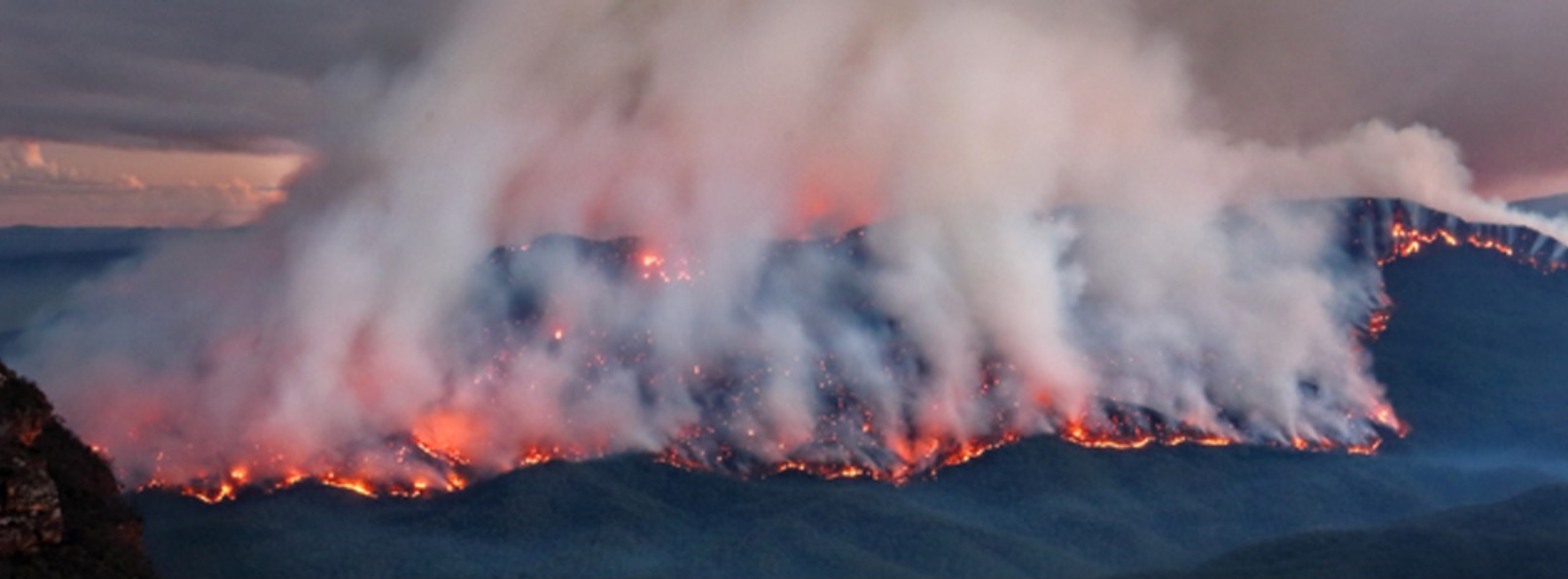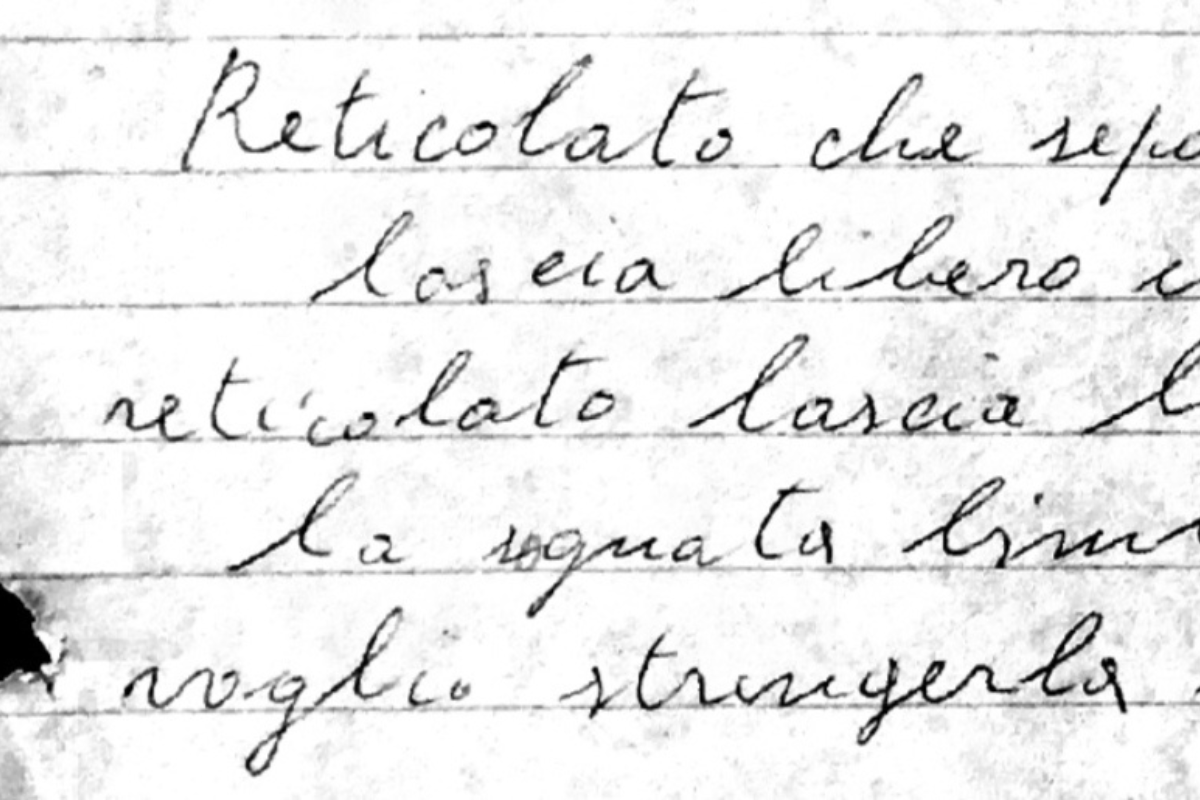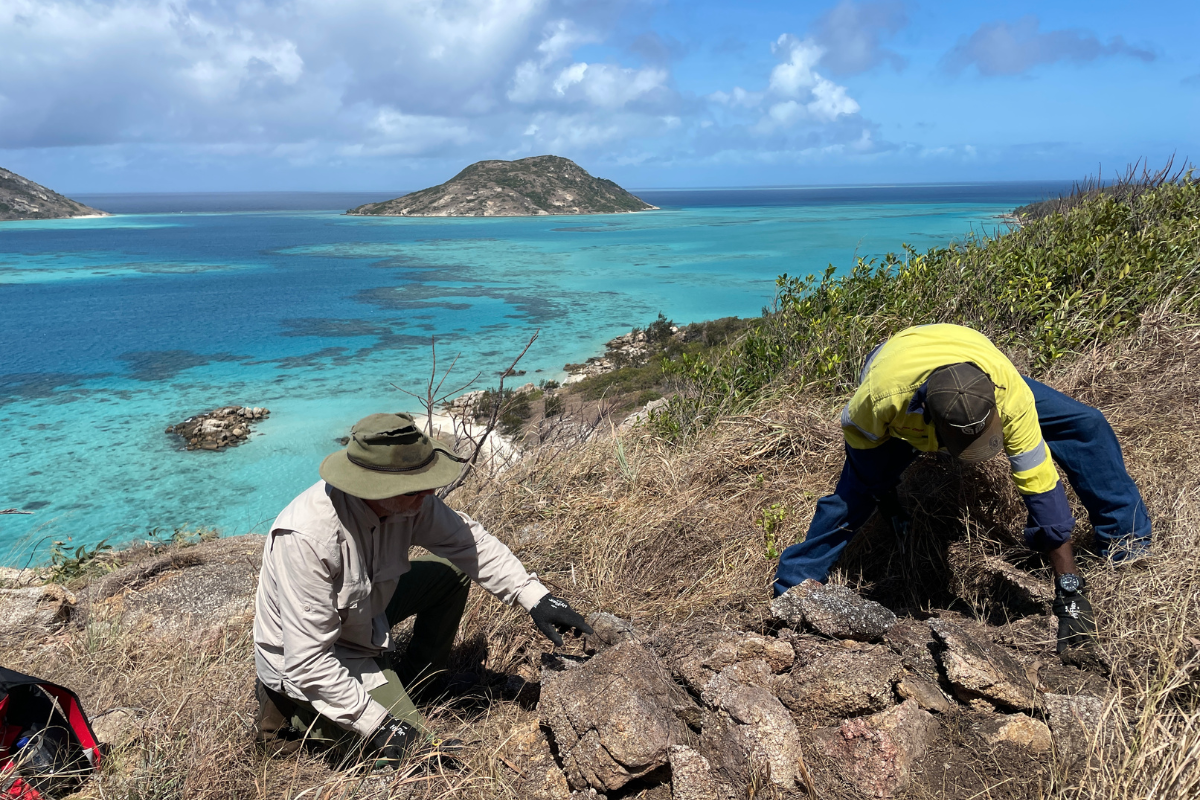
The new National Cultural Policy Revive: Australia’s Cultural Policy for the next five years is a major advance in the development of the creative arts in Australia. Like its predecessor Creative Australia, it has aspirations to ‘join-up’ cultural policy with wider social and economic policy.
Where it doesn’t join up is with the changes occurring in the climate for which Australia is dangerously unprepared as the totemic 1.5 degree climate target is on track to be breached. It critically omits the accelerating threat climate change poses and the role of the creative arts in addressing this crisis.
A word search for ‘climate’ in Revive throws up only one use, in a case study on page 83.
The absence of engagement with climate change in the National Cultural Policy is an extraordinary omission.
On the climate side
On the other side of the culture and climate equation, scientists increasingly recognise that catastrophic climate risk needs novel experiential approaches if the broader community is to be truly engaged. But when it comes to the major official inquiries into flood and fire in Australia since 2019, there is almost no attention to the role that arts and culture play in preparing for such extreme events. We draw this conclusion based on a close analysis of the key reports for fire in Victoria and the ACT, floods and fire in NSW, and the Royal Commission into National Natural Disaster Arrangements.
This is despite the fact that there are several organisations whose work underpins the role that arts, culture and creativity can play in preparing for, dealing with, and recovering from extreme events in Australia. These include numerous organisations including Creative Recovery Network, Firesticks Alliance Indigenous Corporation and GLAM Peak. All of these bodies made submissions to some of these inquiries.
These very valuable bodies, like their inquiry submissions, tend to focus on resilience and recovery. There is a relative lack of focus on preparation.
However, the creative arts are the cultural backbone for the way we prepare ourselves imaginatively and experientially for climate disasters: think Tony Ayres and Belinda Chayko’s ABC TV series Fires in 2020.
A dangerous gap in preparation
The dangerous gap in preparation for an increasingly unpredictable extreme climate is worldwide. This gap renders us as passive observers of the aftermath and the events themselves as ‘nature’ in action.
Without the ability to imaginatively preview what near future climate shocks could look and feel like, it is almost impossible to believe their likelihood let alone prepare, especially in frontline communities.
To address this existential vulnerability, Australian creatives are partnering with scientists and technologists. The goal is to transform disaster depiction from communicating a reactive observation of the aftermath to socialising visceral interactions that optimise readiness.
Immersive visualisation answers the challenge
Immersive visualisation is a perfect channel for such communication through its capacity to rapidly convey compelling stories, condense complex experiences, navigate 3D space in any direction and enable audiences to feel as if they are physically present in the dominant visual landscape form to which humans are genetically adapted.
This addresses what novelist Amitav Ghosh calls our ‘Age of Derangement’ ‑ ‘perhaps the most important question ever to confront culture’: how can writers, scholars and policy makers combat the collective inability to grasp the dangers of today’s climate crisis?

Coupled with artificial intelligence (AI) that can establish patterns and predict behaviour at extraordinary speed and scale, it can depict complex climate and human interactions which cannot be understood by human cognition alone.
A prototype is UNSW iCinema Research Centre’s iCASTS, a pioneering immersive mine safety visualisation platform.
It enables miners to virtually rehearse dangers through interaction within synthetic landscapes. Training over 30,000 workers and graduates, it is in use across mine sites in Australia, eliminating fatalities and reducing serious injury.

A step further is iCinema’s iFire, the world’s first artificially intelligent wildfire visualisation system that converts abstract data models, such as CSIRO’s SPARK, into high fidelity immersive scenarios. Stakeholders can interact with the unpredictable dynamics of wildfire landscapes for the first time. Its AI system drives the fiery landscape to behave unpredictably as in real life to dynamically challenge and enhance stakeholder decision making and situational awareness.

Further steps are needed in order to develop an AI-networked immersive system accessible from any screen device that can be embedded and utilised with at risk communities. In this model, the system is at work where it is most needed. The community becomes an active protagonist safely rehearsing life-saving responses in real time.
Such developments will help Australia maintain an edge in creative arts-led initiatives preparing for our unpredictable climate future.



